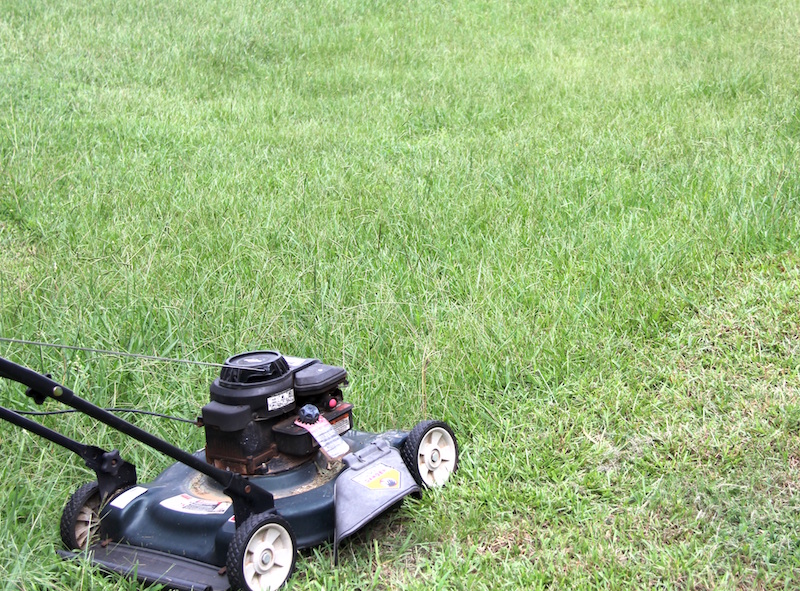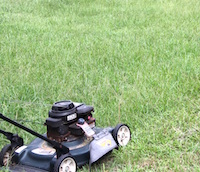While many warm-season turfgrass species have shown signs of significant green-up, some grasses and locations still have an appearance of being dormant or slowly transitioning.
To date, the average 4-inch soil temperature for the entire month of April on the University of Georgia campus in Griffin, Georgia — fairly central for the state — is 64.1 degrees Fahrenheit. In general, this is warm enough to get green growth, but it is barely warm enough to stimulate root growth or initiate new growth from rhizomes buried within the upper couple inches of the soil for Bermuda grass and zoysia grass.
Understanding the growth characteristics of Georgia’s warm-season species and considering recent environmental factors, it is not surprising that most grasses appear green while others seem slow to green up. The “slower” grasses, or locations within the landscape, could be delayed by other influences.
If grass is growing in an area on the north side of a building, in a low area that retains more water, in a wet spot in the landscape, where the ground is shaded or geographically north of Griffin, it may be a little slower to green up. Water is a good buffer of heat, meaning that it takes more of the sun’s energy to warm the soil to the same temperature than if the soil were dry. Wet areas will green up more slowly than drier areas.
Considering the amount of rain the state has received since last summer, all Georgia soils likely have good to excellent moisture content. Also, a thin area may be slower to cover, or appear green, because the soil temperatures for initiating new shoots from rhizomes will take more time. It takes more time for warmth to move through the soil and trigger new growth than it takes for the new shoot to reach the soil surface.
Warm-season grasses have changed substantially over the past two to three weeks. Likewise, the next two to three weeks should encourage growth and green-up.
They say “patience is a virtue,” and a little green grass seems to cause us to be less virtuous. Be patient and stay with the program. Georgia’s warm-season turfgrass species should be growing strong shortly.
For more turfgrass information from UGA Cooperative Extension, go to www.georgiaturf.com.








